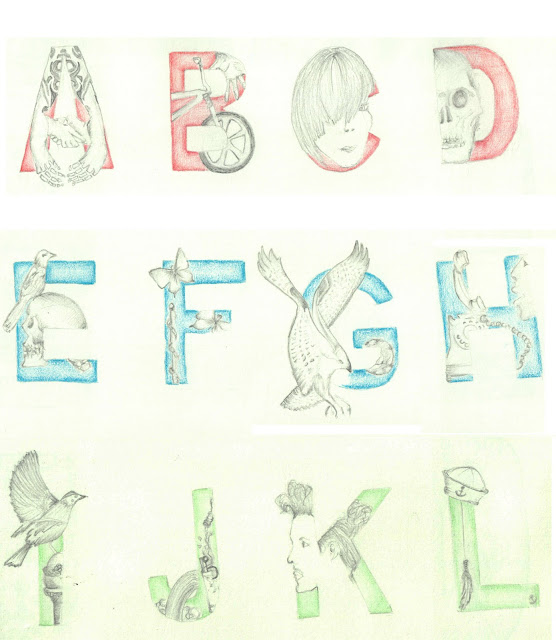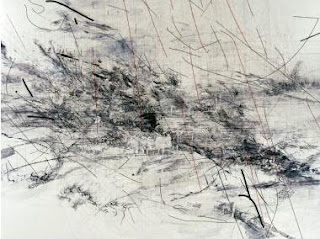BRIEF: SQUARE-ISH STYLE LIFE
The principle of the Durer grid is simple: The grid is placed between the object and the artist. A similar grid is then drawn on the working surface.
The grid provides the following:
1. A clear, manageable guide to proportions and foreshortening.
2. A subject viewed in segments that can be perceived in isolation from each other.
3. The potential to easily transform scale, perspective or proportions by altering the dimensions of either of the grids.
Select one of the pre-fabricated framed grids to work with. Select a series of studio objects and surfaces to construct a tabletop still-life. You may wish to do this in groups, arranging your frames around a central point. In your still life, try to include a range of tones, scale, texture, pattern and surface. Aim to create an arrangement which will provide interest in each of the squares in your grid.
You will be working primarily in black and white, so you do not need to consider the colour of the objects you use, but you will need to consider the tonal values.
 |
| I am really pleased with the outcome of my drawing as I found the technique difficult to work with. |























































